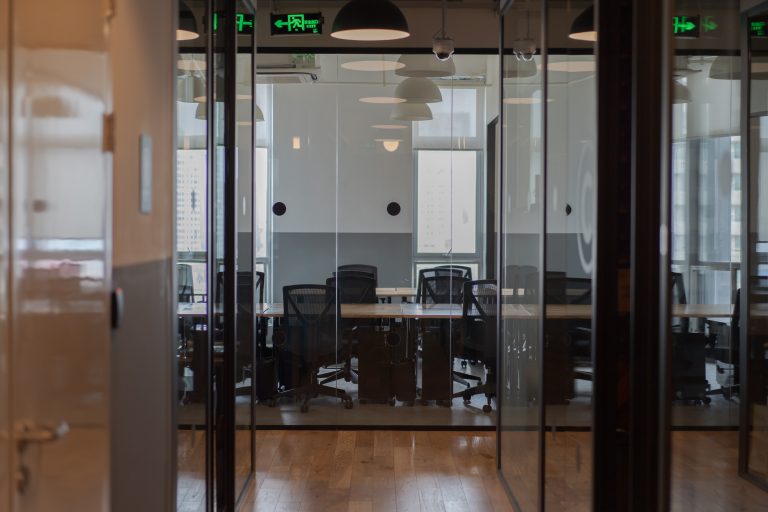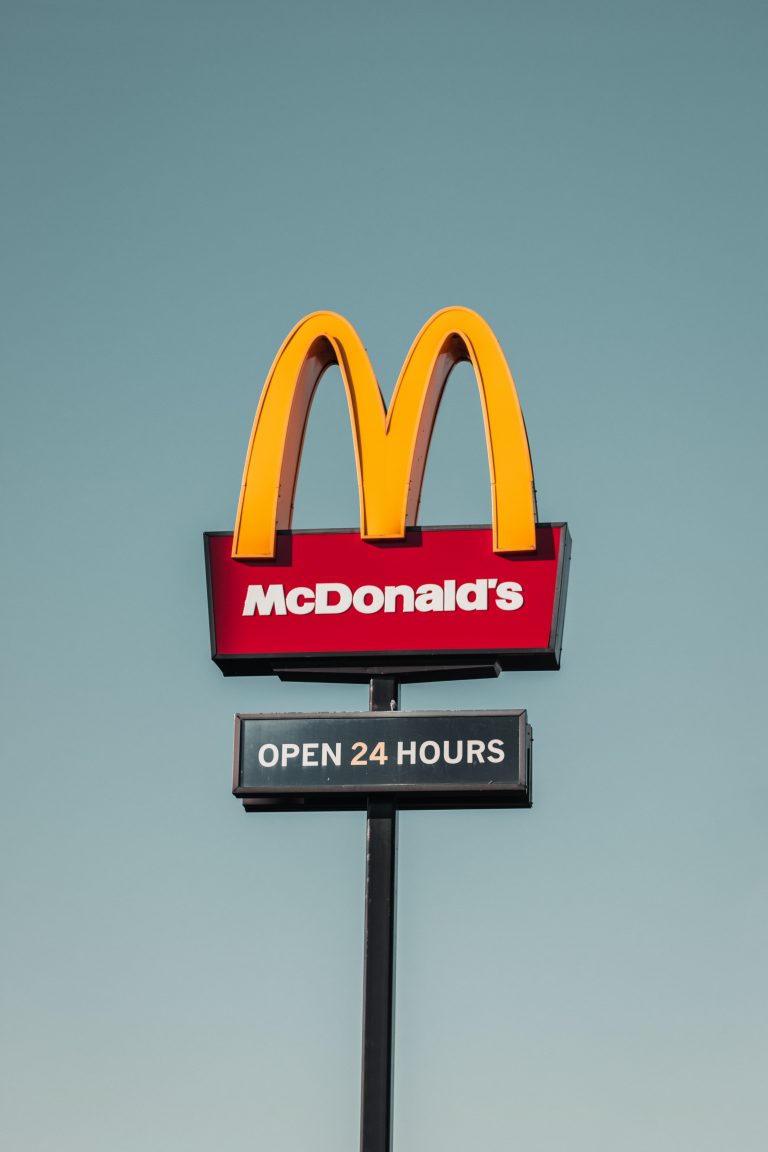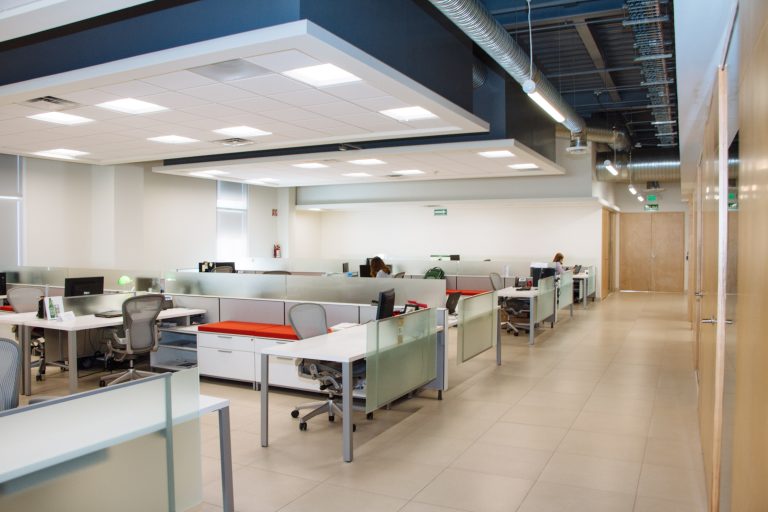Pandemic Learning Pods Highlight Wealth Disparity in Education

The impact of the coronavirus pandemic on education has been widespread. CBS Evening News reports that this fall over 12 million grade school students will be working remotely, “80% of the country’s largest school districts are moving to remote learning”. This is a major adjustment for the educational system as school officials all over the nation have worked to create a seamless educational experience for students on campus and working remotely. Remote learning has also been a major adjustment for working parents who must now care for their children during the day. The influx of grade school students who are learning remotely has introduced a new concept: learning pods (also referred to as pandemic pods.)
Parents who are can afford it are sending their grade school students to learning pods. Learning pods are small groups of students learning together with the help of an in-person tutor or teacher. Learning pods can cost up to $2,500 a month, a cost the group of parents evenly share. Many parents felt they were unable to teach their children and handle their careers at the same time and stated they felt their work productivity decreased by almost 40%. Learning pods allow the student to stay on track educationally and the parents are able to fulfill their demanding work schedules.
As school districts all over the nation eliminate or reduce in-person instruction, students’ educational achievement is much more reliant on household resources. The students from low-income households that are unable to afford to attend learning pods, are most likely those that need it the most. The parents of these students are normally blue collar workers, working long hours that may be physically demanding. Thus, students from high income households, whose families can afford high quality technology, learning pods, and even personal tutors- have an advantage over students from low-income families that cannot. Educational leaders are worried that learning pods are leaving behind students whose parents are unable to afford such amenities.
Discussion Questions:
- Critics of learning pods state that they are not a sufficient replacement for traditional school instruction and that learning pods interrupt the educational system. They believe learning pods are a way for the private sector to profit off of the pandemic. Based on this video blog: do you agree or disagree? Explain.
- The impact of income disparities on educational attainment have been widely addressed. Discuss lasting effects this dilemma has on students as it relates to future college enrollment (or lack thereof) and employment.
Source: https://www.youtube.com/watch?v=rheMBpmIFZA, CBS Evening News. Photo by August de Richelieu from Pexels.













